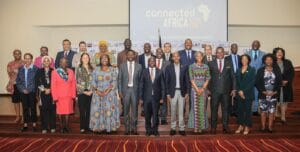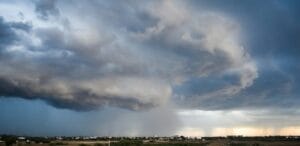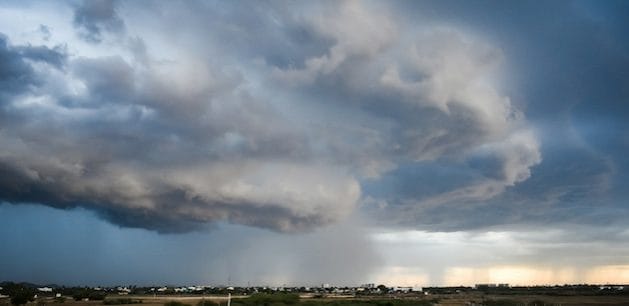

ICT and Communication Ministers from six African countries have confirmed attendance for the Connected Africa Summit 2024.
The six, representing Sierra Leone, Zambia, Namibia, Somalia, Burundi, and Djibouti will join other tech leaders from across the region for the summit happening from the 21st to the 25th of April at Uhuru Gardens in Nairobi.
The event will also have representation from fifteen ambassadors representing African, American, European, Asian and the Middle East.
The ministers are Hon. Salima Monorma Bah (Sierra Leone), H.E. Léocadie Ndacayisaba (Burundi), Hon. Felix Mutati (Zambia), Hon. Mudane Jaamac Xasan Khaliif (Somalia), Hon. Emma Theofelus (Namibia) and Hon. Mr. Radwan Abdillahi Bahdon (Djibouti) with more African ministers also expected to attend the event.
Ambassadors from leading technology and investment markets, including the United States of America Ambassador to Kenya, Margaret “Meg” Whitman, and United Kingdom’s Neil Wigan OBE, are also set to attend the event.
Global and African Ambassadors from the Islamic Republic of Pakistan, Costa Rica, Sierra Leone, Zambia, Malawi, Federal Republic of Somalia, Sahrawi Arab Democratic Republic, Senegal, Burundi, South Africa, South Sudan, Turkey and Zimbabwe have also confirmed their attendance.
The ambassadors are Ms Saqlain Syedah, Pakistan High Commissioner to Kenya, H.E. Mrs. Giovanna Valverde Stark, Ambassador of Costa Rica in Kenya, H.E. Ms. Isatu Aminata Bundu, High Commissioner Permanent Representative to UNON, UNEP & UN HABITAT, H.E. Ms. Joyce Kapamba Kasosa, Zambia High, Commissioner to Kenya, H.E. Mrs. Callista Jennie Mutharika, Malawi High Commissioner to Kenya, H.E. Mr. Jabril Ibrahim Abdulle, Somalia Ambassador to Kenya, H.E. Mr. Mohamed-Liman Ali Ami, Ambassador of the Sahrawi Arab Democratic Republic, (SADR) to Kenya, Amb. H.E. Mr. Ndong Dieng, Ambassador of Senegal to Kenya, H.E. Evelyne Habonimana, Burundi ambassador to Kenya, H.E. Mr. Mninwa Johannes Mahlangu, South African High Commission to Kenya, H.E Mr. Chol Mawud Unguec Ajongo, South Sudanese Ambassador to Kenya, Amb. Subutay Yüksel, Ambassador of Turkey to Kenya, and H.E Winpeg Moyo, Ambassador of Zimbabwe to Kenya.
The summit will focus on Africa’s ICT priorities guided by the African Union’s (AU) Agenda 2063, bringing together African Heads of State, First Ladies, African ICT ministers, policymakers, Global ICT firms, Entrepreneurs, Investors, and Innovators to bridge the digital divide while identifying new investment opportunities.
The Connected Africa Summit 2024 nurtures innovative ideas and partnerships that leverage technology to advance Africa’s development agenda. The Summit is an opportunity for Africa to chart its own path towards the development of its digital economy.
The Summit will act as a platform where African leaders can position the African tech agenda in readiness for the UN Summit of the Future to be held in September 2024 and determine their role in green technology and governance of generative AI for African realities.
Follow us on Telegram, Twitter, and Facebook, or subscribe to our weekly newsletter to ensure you don’t miss out on any future updates. Send tips to info@techtrendske.co.ke.


